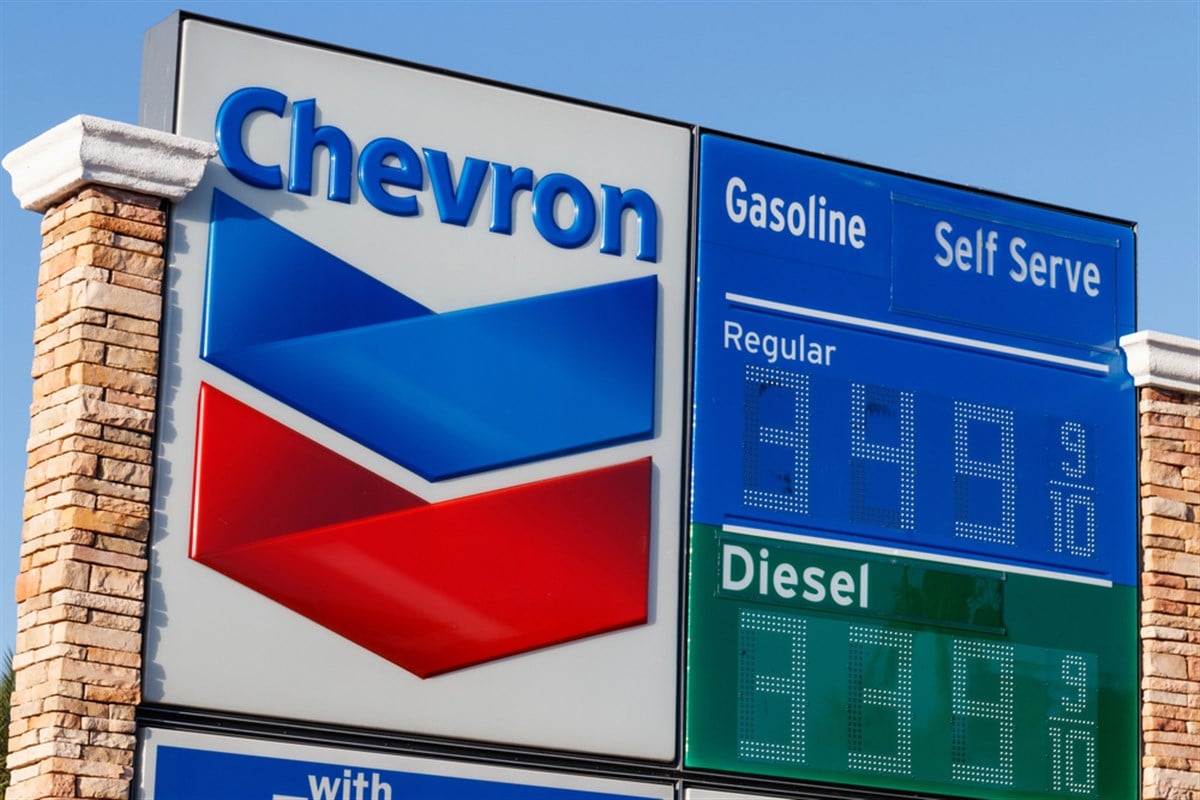Chevron Eyes Hess, Exxon Resists: Here's the Trade 
There are plenty of ways for investors to gauge the amount of activity, or lack thereof, within an industry. One way can be seen in how the most prominent players interact with each other, mainly any rumors of mergers and acquisitions (M&A). Today, there is one such instance in the energy sector. Chevron's $53 Billion Takeover Bid for Hess In the latest round of corporate actions, Chevron Co. (NYSE: CVX) sought to make big oil bigger. In a $53 billion takeover bid, Chevron is looking to buy Hess Co. (NYSE: HES) to expand its presence in the oil sector. Stock prices are at the mercy of shareholder approval whenever takeover bids are made, but not this time. Hess shareholders have voted in favor of the takeover offer, representing a $7 billion premium to Hess’s current $46 billion market capitalization. This represents an immediate 15.2% return for those holding the stock today. However, two significant roadblocks could give investors a potential trade opportunity today. Potential Revenue for Exxon from Guyana's Oil Reserves One small detail in this deal: Exxon Mobil Co. (NYSE: XOM) controls Hess’s most valuable asset in Guyana, a stake in an 11 billion-barrel field. Exxon owns 45% of this field, representing roughly 4.9 billion barrels, translating into significant revenue for the Texas oil giant. How much? Well, today’s oil price of $80 a barrel is roughly $392 billion in revenue. Now that Goldman Sachs Group Inc. analysts project oil prices to increase as high as $100 a barrel this year, Exxon could likely make an opposing bid. After accounting for this risk, the takeover still needs to clear the U.S. Federal Trade Commission (FTC), as having too much control over oil, especially in today’s economy, may pose a problem. Stagflation, defined as low economic growth with high inflation, is hitting Americans hard. The 1.3% GDP growth over the past quarter and 3.4% inflation definitely fit the profile. Economists may look to oil to circumvent this phenomenon without causing too much trouble. This is why Goldman also expects to see a manufacturing sector breakout in 2024, according to the bank’s 2024 macro outlook report. It makes sense, as heavier oil production would stimulate economic growth, and more oil supply – hence lower prices – could ease inflation. After the Energy Select Sector SPDR Fund (NYSEARCA: XLE) underperformed the broader S&P 500, the past 3 months of price action showed a recovering rotation, as energy outperformed by nearly 4%. This is a sign of a turning economy; there’s data to back this rotation up. You see, thanks to one unique investor's brand new discovery - anyone with a regular brokerage account can now tap into the most explosive asset in history!
That means you can skip the hassle of opening a Coinbase account…
Bypass the fees and hard-to-remember passwords…
Heck, you don't even need a crypto wallet! >> Tap here to sign up and join them for the imminent workshop Why Investors Favor Hess: Analyzing Market Premiums Judging by ISM manufacturing PMI index trends, the oil sector is filled with upside-tail risk after three consecutive months of expansion. Hence, companies within it will likely beat earnings expectations this quarter. That is why investors can dig deeper into the market’s language to translate the key ratios that can bring them onto a reasonable trade aligned with the perceived winner in this dogfight. Here's the roadmap, starting with relative valuations, mainly using the forward P/E ratio. Hess is valued at 14.3x, Exxon at 11.3x, and Chevron at the bottom with its 10.1x valuation. Translating these numbers, Hess stands out as the top choice, which is why markets are willing to pay a premium for it. Exxon is valued over Chevron; why? Chevron could likely pay an additional premium to take Hess’ Guyana asset away from Exxon, so Exxon is valued over Chevron to reflect this potential additional bonus. Now, price action would confirm one of these tales. Over the past quarter, Exxon Mobil stock has outperformed Hess and Chevron by as much as 5%, so bullish momentum is already trying to price this potential premium payout into Exxon stock. So-called ‘smart money’ can be another sounding board for investors investigating this dynamic. The Zurich Insurance Group, Exxon’s second-largest shareholder, increased its take by 297% over the past quarter. At the same time, Price T Rowe Associates, Chevron’s largest shareholder, reduced its stake by 27.4%. One final method for investors to identify the potential biggest winner in this competition: Exxon’s short interest dropped by 65.2% over the past month, while Chevron’s decreased by only 4%. So, while Hess is the pick this season, its hidden ace up its sleeve makes Exxon’s ownership in Guyana a much better – and less risky – way to arbitrarily play out this potential merger. Written by Gabriel Osorio-Mazilli Read this article online › Featured Stories: |
0 Response to "Chevron's $53 Billion Takeover Bid for Hess"
Post a Comment